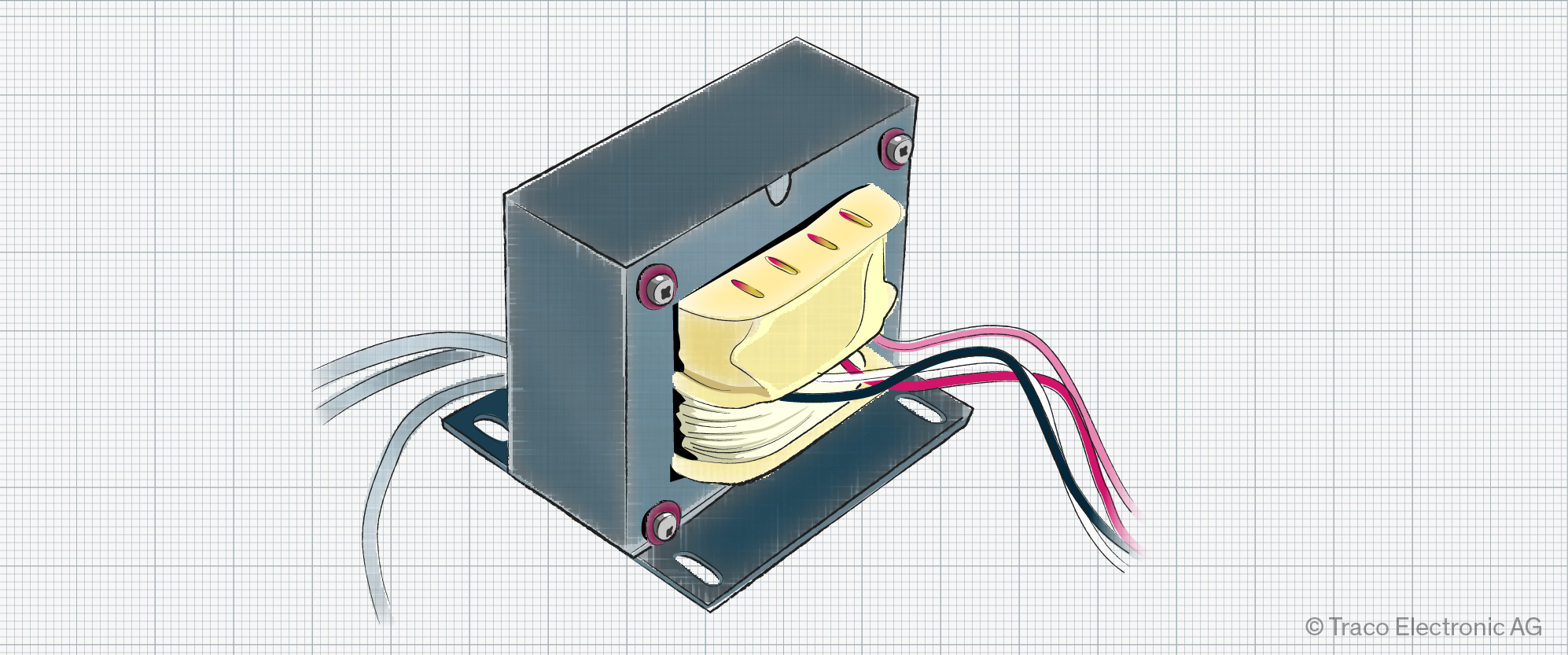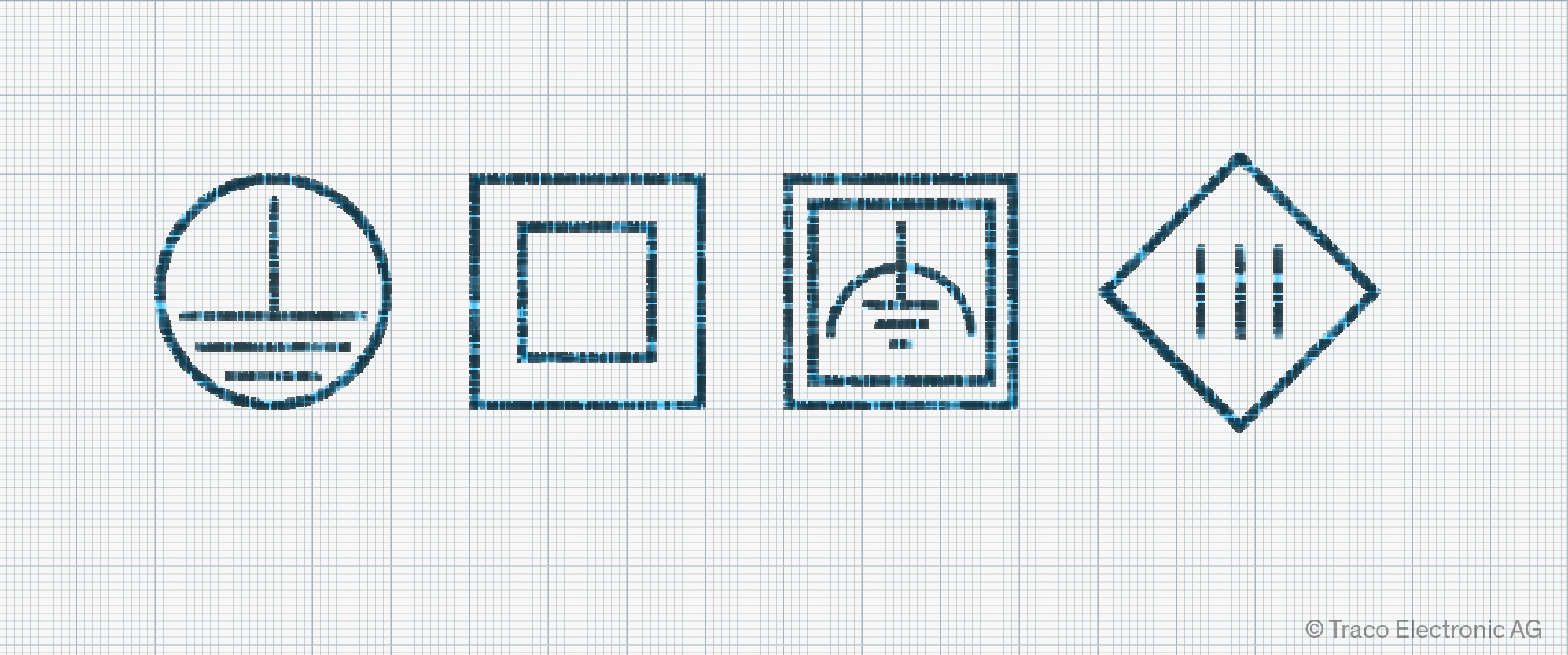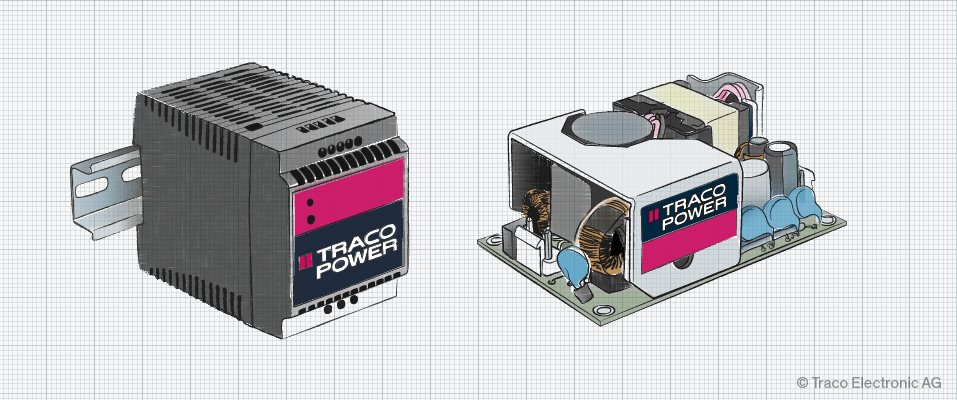How Do Protection Classes Relate to Power Supplies?
The likelihood of exposure to an electric shock when using modern, well-maintained electrical equipment is exceptionally low. International standards describe what constitutes as electrically dangerous and the impact of electrical shocks, such as in IEC 60479-1 – Effects of current on human beings and livestock. But most people would be surprised to learn that an alternating current of just 30 mA from a domestic power socket, or as little as 90 mA direct current, can be dangerous.
What are the risks of electric shock?
If such current passes from the hand to the foot for a few seconds, often the most common electrocution occurrence in accident statistics, there is a 5% chance of heart fibrillation. This results in a confused electrical activity around the heart, leading to cardiac arrest. Small increases in current and exposure time increase this risk significantly. So, how do electrical equipment manufacturers ensure the safety of those using their products?
Protection classes for electrical equipment
Electrical regulations and standards focus on two types of potentially dangerous contact. The first is contact with live parts of the system. Here, aspects such as the housing of the unit and the insulation around cables and connectors must be considered. The second issue is restricting possible contact with conductive parts under a single-fault condition. A single fault condition is considered a random occurrence where a single method for reducing risk, such as a layer of insulation in a transformer, fails (Figure 1).

Such issues are dealt with in IEC 61140 – Protection against electric shock – Common aspects for installation and equipment. The standard defines protection classes, sometimes referred to as application classes, as follows:
• Class 0/0I – Such products are prohibited in much of the world due to a lack of protective earth and the use of a single level of insulation. Even a single fault would fail to trigger typical protection systems, such as a circuit breaker or fuse. An oft-cited example for Class 0 is old-fashioned mains-powered Christmas lights, with a string of bulbs connected to an electrical plug without any ground connection. A Class 0I device could be a lamp with a metal chassis and a separate grounding connection.
• Class I – In such equipment, accessible conductive parts, such as a metal chassis, are connected to a protective earth. The mains wiring within the device uses basic, i.e., a single layer, insulation. The protective earth wiring can vary according to geographic region but is typically green/yellow or green. Protection is afforded by the protective earth since, should a live conductor come into contact with the chassis, the residual circuit breaker (RCD) that the device is connected to will trip. This isolates it from the electrical supply. Should the equipment have a removable cord, this must feature a protective earthing conductor. To indicate a Class I device, the labeling will feature the Earth Ground symbol in a circle (Figure 2).

• Class II – To protect against electric shock, Class II devices use double insulation and do not require a protective earth. This extends to internal components, such as transformers, that implement enamel insulation on copper wiring, plastic formers, and impregnated paper to separate primary and secondary windings. Protection may also be afforded by a durable enclosure that envelops any metal parts. Even a full or partial metal enclosure can be used with a Class II device if sufficiently insulated. Labeling on such equipment features a square-within-a-square (double square) symbol, which is found on smartphone chargers and digital camera power supplies.
• Class II FE – Without an earth connection, Class II devices can struggle with electromagnetic compatibility issues (EMC). To resolve this, the earth connection is used as a Functional Earth (FE) and does not provide any user protection. Typical applications include audio/video (AV), medical, and IT equipment. A double square symbol with a functional earth symbol at its center indicates this class of device.
• Class III – Such equipment operates from a Separated Extra Low Voltage (SELV) supply. This implies a DC voltage below 120 V or an AC voltage below 50 V. In addition, the equipment does not generate voltages above this level. Laptops, smartphones, and digital cameras are examples of Class III devices, and they feature the Roman numeral III in a diamond symbol.
Who is responsible for defining a product’s protection class?
It’s important to remember that the end product manufacturer is responsible for assessing and assuring the protection classification of their device, as the power supply manufacturer may only be providing a component. This is why power supply manufacturers, like Traco Power, provide some products designated as “Class II prepared,” such as the TPI 125A-J. These are often open-frame designs that, on their own, do not fulfill Class II requirements. Other products, such as DIN-rail power supplies, are considered end-user products and meet a specific protection class, such as the Class I TPC 120-112 (Figure 3).

Further confusion often arises due to the common use of Class 2 rather than Class II (with Roman numerals) in articles on this topic. Class 2 is used in relation to the North American National Electrical Code (NEC) UL 1310 safety standard (section 28) and is not linked to the topic of protection classes.
If you’re unsure if a power supply will meet your needs, regardless of whether it is protection class or application requirements, feel free to reach out to your regional Traco Power expert, who will be happy to help.